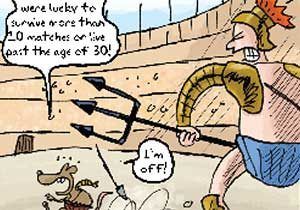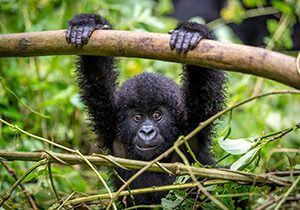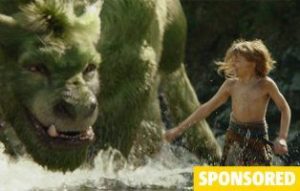
Phases of the Moon Primary Resource
Learn about the different phases of the Moon as it orbits the Earth
This Space primary resource helps children learn about the phases of the Moon. Discover why our view of the Moon changes each night. Why does the Moon shine bright at night? How long does it take for the Moon to orbit the Earth? What is a “New Moon”?
In our National Geographic Kids’ Science primary resource, pupils will learn how our view of the Moon changes according to its position relative to the Earth and the Sun. It is useful for study group tasks to learn about the phases of the Moon, as well as discussion about the Solar System.
This teaching resource can be used as a printed handout for each pupil to review and annotate, or for display on the interactive whiteboard using the images included in the resource for class discussion.
Activity: Ask your pupils to record the phases of the Moon over the course of a month. Make printed copies of a calendar month, with a blank circle in each day of the week. Ask your pupils to look at the Moon every night and colour in the circle to show which phase it is in. You could also use the diagram in the primary resource sheet to make a classroom display showing the different phases of the Moon. The Sun, Earth and different phases of the Moon could be made from balloons and papier-mâché.
N.B. The following information for mapping the resource documents to the school curriculum is specifically tailored to the English National Curriculum and Scottish Curriculum for Excellence. We are currently working to bring specifically tailored curriculum resource links for our other territories; including South Africa, Australia and New Zealand. If you have any queries about our upcoming curriculum resource links, please email: schools@ngkids.co.uk
This Science primary resource assists with teaching the following Upper Key Stage 2 Science (Year 5) objectives from the National Curriculum:
Pupils should be taught to:
- describe the movement of the Earth, and other planets, relative to the Sun in the solar system
- describe the movement of the Moon relative to the Earth
- describe the Sun, Earth and Moon as approximately spherical bodies
- use the idea of the Earth’s rotation to explain day and night and the apparent movement of the sun across the sky.
Pupils should be introduced to a model of the Sun and Earth that enables them to explain day and night. Pupils should learn that the Sun is a star at the centre of our solar system and that it has eight planets: Mercury, Venus, Earth, Mars, Jupiter, Saturn, Uranus and Neptune (Pluto was reclassified as a ‘dwarf planet’ in 2006). They should understand that a moon is a celestial body that orbits a planet (Earth has one moon; Jupiter has four large moons and numerous smaller ones).
This Science primary resource assists with teaching the following Sciences Early level objectives from the Scottish Curriculum for Excellence:
-
I have experienced the wonder of looking at the vastness of the sky, and can recognise the sun, moon and stars and link them to daily patterns of life.
This Science primary resource assists with teaching the following Sciences Early level objectives from the Scottish Curriculum for Excellence:
-
By safely observing and recording the sun and moon at various times, I can describe their patterns of movement and changes over time. I can relate these to the length of a day, a month and a year.
This Science primary resource assists with teaching the following Sciences Second level objectives from the Scottish Curriculum for Excellence:
- By observing and researching features of our solar system, I can use simple models to communicate my understanding of size, scale, time and relative motion within it.
Download primary resource
More Like

Max in the Colosseum

10 great gorilla facts!

Check out the magical new movie, Pete’s Dragon!









LEAVE A COMMENT
THANK YOU
Your comment will be checked and approved shortly.
WELL DONE,
YOUR COMMENT
HAS BEEN ADDED!
COMMENTS
This has really helped me with my homework. Thanks!
CUSTOMIZE YOUR AVATAR